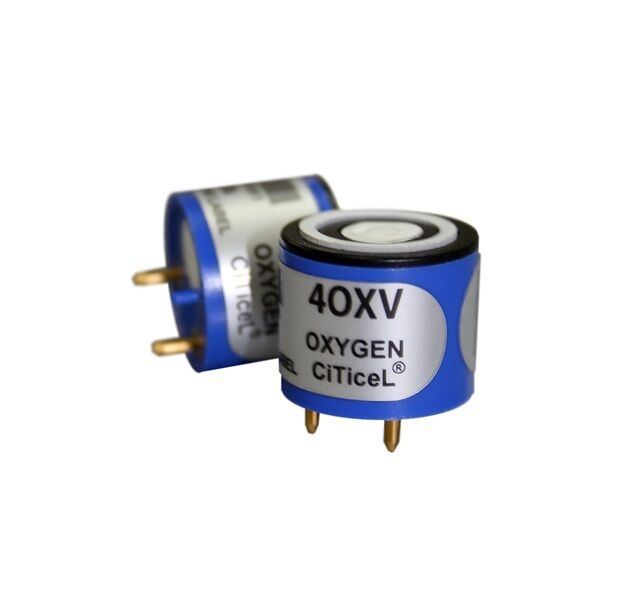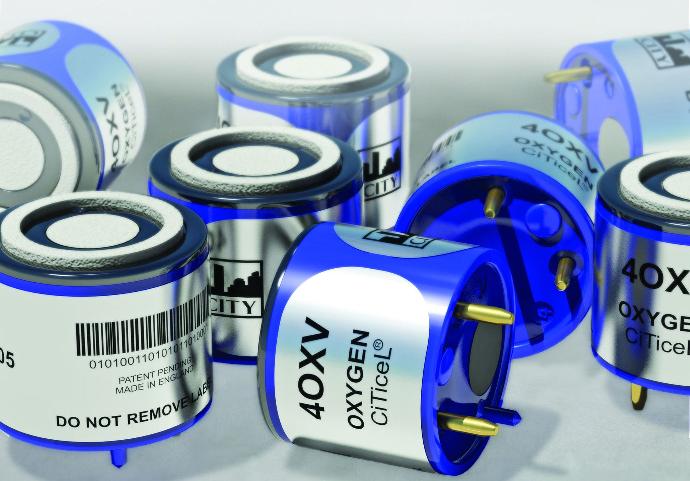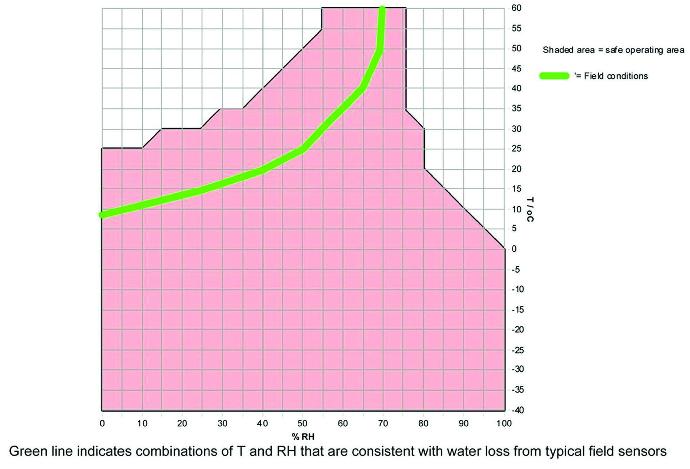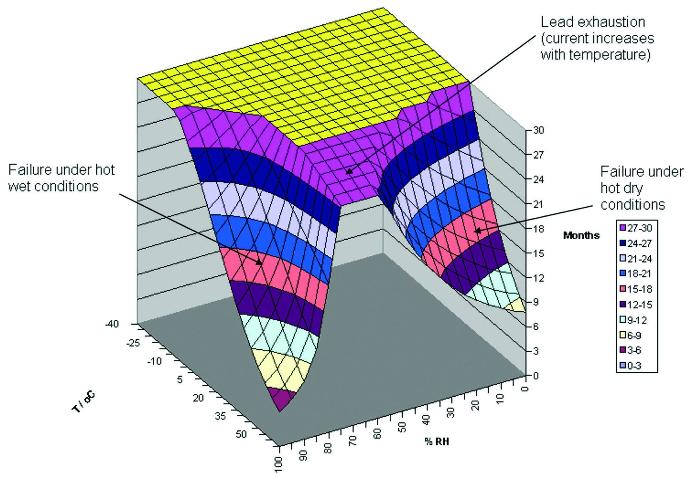We are the Distributor of Honeywell | City Technology Oxygen (O2) Sensors
4OXV CiTiceL®
Oxygen (O2
) Gas Sensor
Part Number: AAY80-390
Buy 4OXV O2 Sensor NoW
4OXV consists of
more than 20 individual components, which are manufactured
to exceedingly tight tolerances and assembled to create the
finished product on an automated assembly line.
Each component performs a specific purpose to ensure the
product’s performance throughout its anticipated two-year life.
Key Features and Benefits:
- False alarm immunity
- Enhanced response time in extreme applications
- Reliably meets stated life
- Superior environmental performance
Download
4 Series 4OXV CiticeL Oxygen (O2) Gas Sensor Product Data Sheet

Technical Specifications
Measurement
- Technology : Electrochemical
- Measurement Range : 1-25% vol. O2
- Maximum Overload : 30% vol. O2
- Output Signal* : 0.10 ± 0.02 mA in Air
- Response Time (T90)* : <15 Seconds
- Zero Current (Offset)* : <0.6% vol. O2
- Linearity : Can be considered linear in many cases.
See Operating Principles (OP-02) for further details.
Electrical
- Recommended Load Resistor : 100 Ω
Mechanical
- Casing Material : ABS
- Weight : <16 g
- Orientation Sensitivity : <0.2% vol. O2 equivalent
Environmental
- Operating Temperature Range : -20°C to +50°C (up to 3 months continuous across RH range)
- Recommended Storage Temp : 0°C to 20°C
- Thermal Transient : <23.5% vol. O2
(Temp. plunge +22°C to -20°C) - Operating Pressure Range : Atmospheric ± 20%
- Pressure Coefficient : <0.02% signal/mbar
- Pressure Transient : <200% signal change
(60 cm H2O step change) - Relative Humidity Range : (at 0°C to 20°C) When installing the sensor into instrumentation,
Continuous : 5 to 95%RH non-condensing
Short Term : 0 to 99%RH non-condensing
Lifetime
- Long Term
Output Drift* : <2%
signal/month
Typically <5% over operating life - Expected Operating Life : Minimum 24 months in air
- Storage Life : 6 months in original packaging
IMPORTANT NOTES All tolerances ±0.15 mm unless otherwise stated. Do not remove label. Do not solder to pins. When installing the sensor into instrumentation, the sensor vent hole should not be blocked. The instrument should also be adequately vented. If the sensor vent hole is blocked or if the instrument is not adequately vented, sensor performance will be compromised. For further details, refer to Operating Principles OP02.
* Specifications are valid at 20°C, 50% RH and 1013 mBar, using City Technology recommended circuitry. Performance characteristics outline the performance of sensors supplied within the first 3 months. Output signal can drift below the lower limit over time.

Reliability
The 4OXV has improved pin retention and O-ring sealing to
prevent electrolyte leakage. It also has enhanced sealing
between the internal membrane upon which the catalyst is
mounted and the liquid electrolyte, preventing seepage into the
internal plenum chamber and possible blockage of the input
capillary. Internal electrolyte leakage will potentially cause the
instrument to fail because air cannot enter through the capillary.
External leakage where electrolyte seeps though the seals
between the pins and the unit’s body can, apart from the
obvious failure of the sensor itself, result in irreparable damage
to the instrument’s PCB.

Lead exhaustion
By the nature of the electrochemical reaction upon which
the sensor’s operation is based, the lead anode is oxidised
over time. The anode assembly in 4OXV has a fused base,
guaranteeing connectivity with all the lead strands from which
it is made and the current collector is deeply embedded in the
structure, ensuring good connectivity with the output pin.
The anode’s design ensures that lead exhaustion will not occur
prematurely before the end of the sensor’s 24-month design life.

Conclusions
The introduction of the new 4OXV is the latest development in
the evolution of the capillary oxygen sensor for use in life safety
equipment. A major improvement in stability when the unit is
subjected to rapid temperature or humidity changes
significantly improves the operational reliability of the sensor,
giving instrument manufacturers the confidence that false
readings will not be generated when the unit is subjected to
rapid environmental changes.
Improved reliability through enhanced sealing reduces
premature failures and consequently builds user confidence in
the detector.
Our Best-Selling Sensors
We are also the only licensed distributor of ACD Calibration Gas Generators in the UK.
If you need help?
Don't hesitate to email us sales@spantech.co.uk if you need assistance.